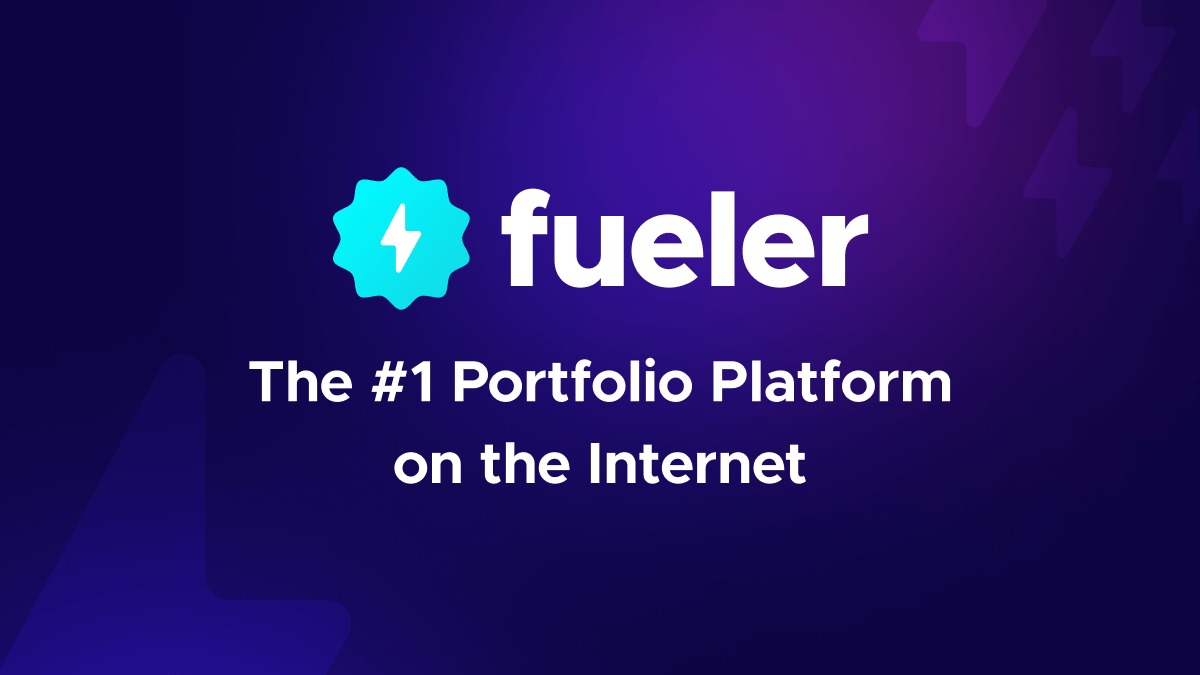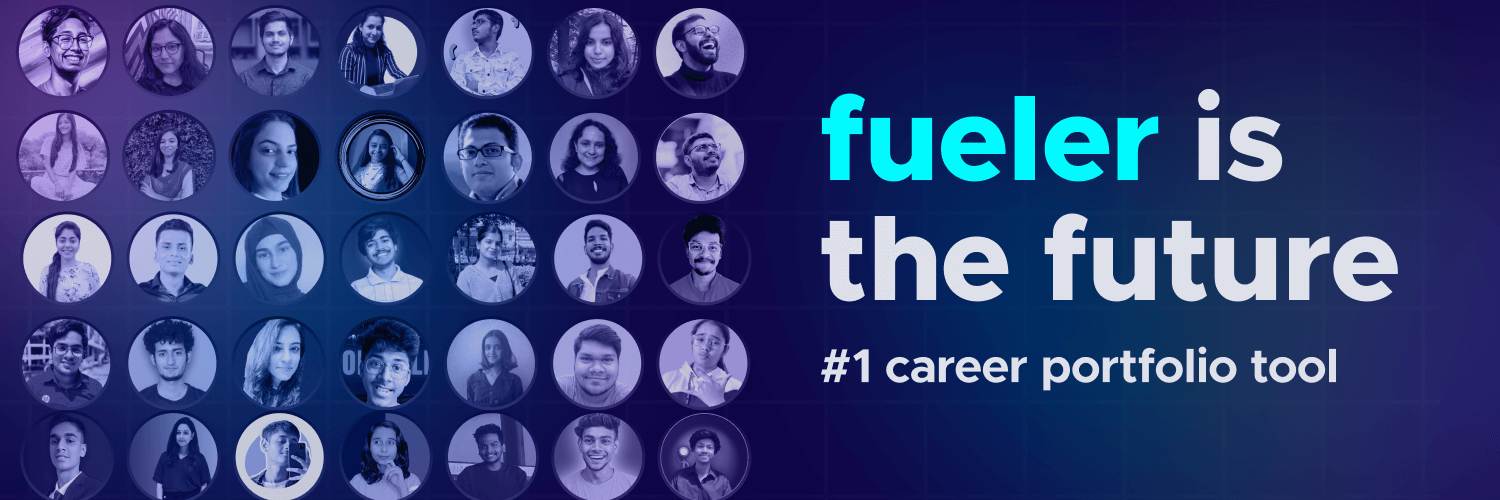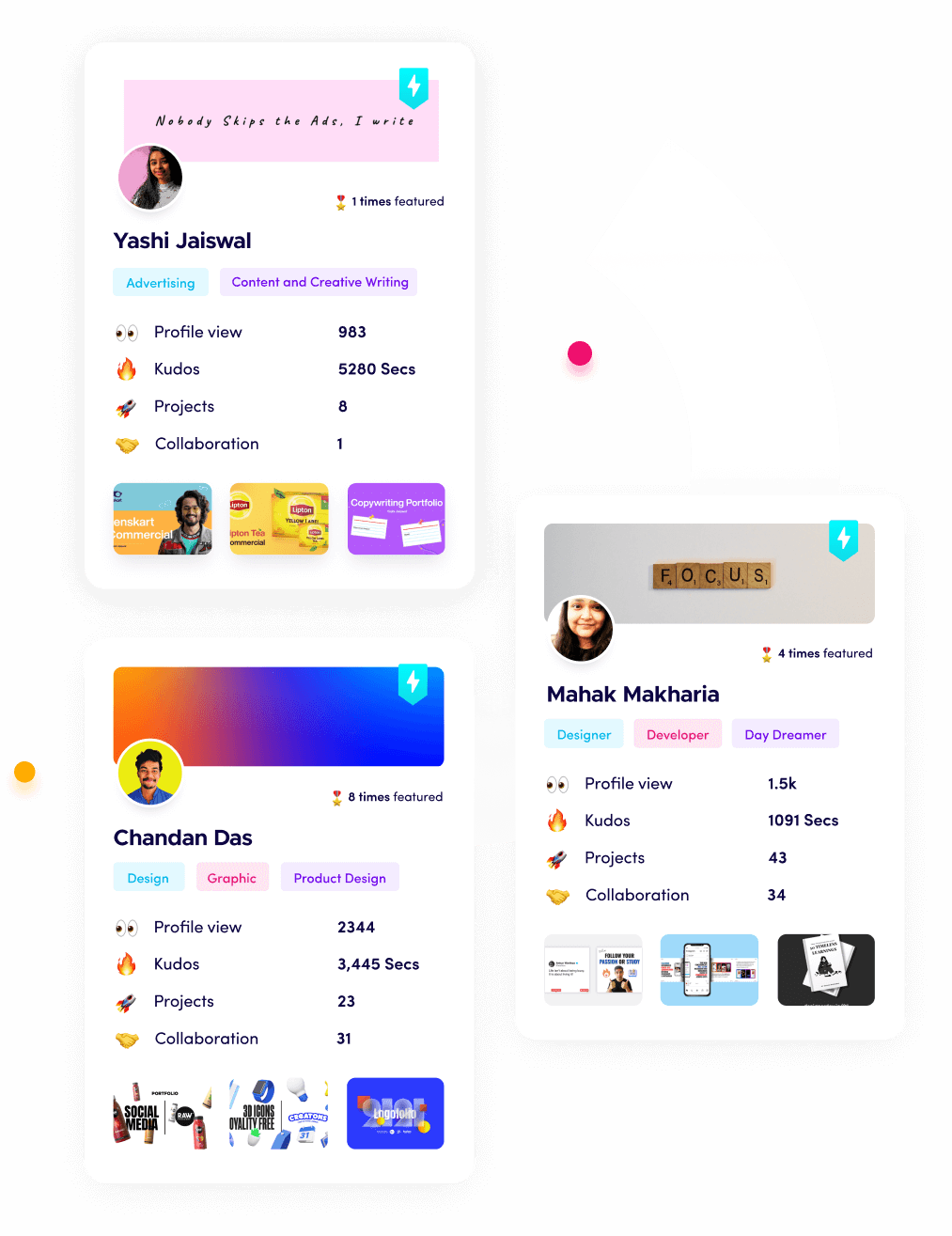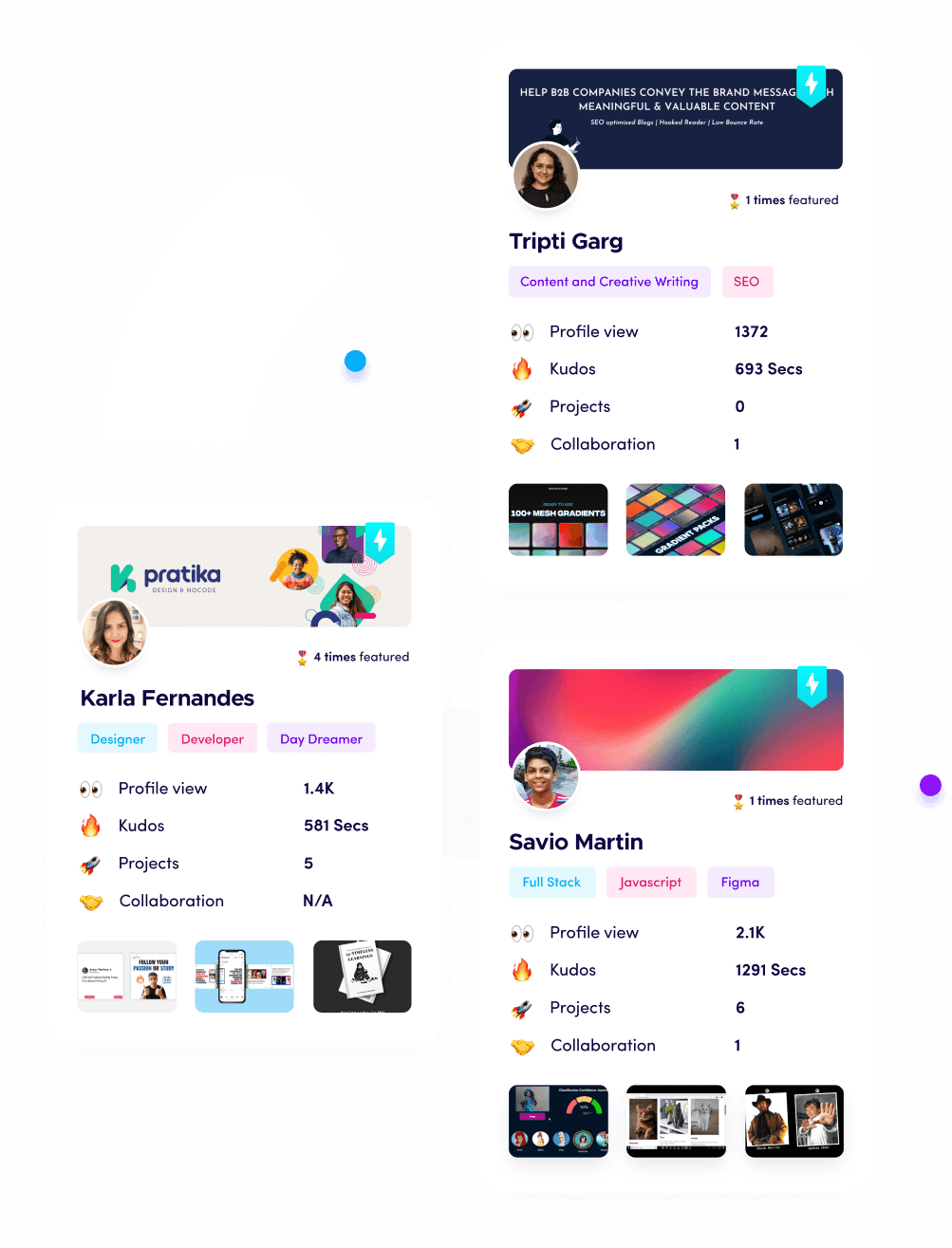What are P2P Payment Apps? How Does P2P Payment App Work?

Riten Debnath
27 Jun, 2025

Are you still waiting days for money transfers or struggling to split bills with friends? In 2025, P2P payment apps are making money transfers instant, secure, and as easy as sending a message. Whether you’re paying a freelancer, sending money to family, or shopping online, these apps are changing the way we handle money every day.
I’m Riten, founder of Fueler—a platform that helps freelancers and professionals get hired through their work samples. In this article, I’ll break down what P2P payment apps are, how they work in detail, and why they’re essential for everyone in today’s digital world. Beyond just using new tech, showing your digital payment skills and proof of transactions can boost your professional credibility, especially if you’re building a portfolio or business online.
What Are P2P Payment Apps?
P2P (peer-to-peer) payment apps are digital platforms that let people send and receive money directly from one account to another, usually through smartphones or web browsers. These apps remove the need for banks or credit card companies as middlemen, making the process faster and more convenient.
- Popular P2P apps include PayPal, Venmo, Cash App, Zelle, and Google Pay.
- You can send or receive money using a phone number, email, or username.
- Transfers are often instant or take just a few minutes.
- Many apps offer features like bill splitting, group payments, and payment reminders.
Why it matters:
P2P payment apps have made money transfers faster, easier, and more accessible for everyone. In 2025, they are essential for daily transactions, freelance payments, and online shopping.
Types of P2P Payment Apps
P2P payment apps come in several forms, each serving different needs and audiences:
- Standalone P2P Apps: Operate independently of banks (e.g., Venmo, Cash App), often with social features and bill splitting
- Bank-Centric P2P Apps: Integrated into banking apps (e.g., Zelle), allowing direct transfers between bank accounts.
- Social Media Integrated Apps: Embedded in platforms like Facebook Messenger for easy transfers within your network.
- International Money Transfer Apps: Focused on cross-border payments with competitive rates (e.g., Wise, Remitly).
- Niche P2P Apps: Designed for specific communities or use cases, such as rent splitting or contractor payments.
Why it matters: Understanding the types helps you choose the right app for your needs—whether you want speed, low fees, or international transfers.
How Does a P2P Payment App Work? (Step-by-Step, 2025)
P2P payment apps are designed for simplicity, speed, and security. Here’s a detailed look at how they work from start to finish:
1. User Registration and Onboarding
To get started, users download the app and create an account using an email, phone number, or social media login. Most apps require identity verification (KYC) and multi-factor authentication for security.
- Sign up with email, phone, or social media
- Complete KYC (know your customer) verification for compliance
- Enable multi-factor authentication (MFA) for added security
Why it matters: This step ensures only real, verified users can access the app, protecting against fraud and unauthorized access.
2. Linking Bank Accounts, Cards, or Wallets
After registration, users link their bank account, debit card, credit card, or digital wallet. Many P2P payment apps are part of a broader digital banking solution, supporting multiple banks, currencies, and even in-app wallets for storing funds.
- Connect your bank account or card via secure APIs
- Support for multiple currencies and banks
- Option to add funds to an in-app wallet
Why it matters: Seamless integration with financial institutions enables instant transfers and makes the app versatile for various users and regions.
3. Sending and Receiving Money
To send money, users enter the recipient’s details (phone, email, QR code, or username), specify the amount, and confirm the transaction. The app processes the payment securely and updates both users’ balances instantly or within minutes.
- Choose recipient via phone, email, QR code, or username
- Enter the amount and add a note or message if needed
- Confirm with PIN, fingerprint, or face ID
- Recipient gets notified and receives funds instantly
Why it matters: This frictionless process is what makes P2P apps so popular—they turn complex bank transfers into a few taps on your phone.
4. Security and Fraud Prevention
Security is at the heart of every P2P payment app. Advanced encryption, biometric authentication, and real-time fraud detection keep your money and data safe.
- End-to-end encryption for all transactions
- Biometric and two-factor authentication for login and payments
- Real-time fraud detection and alerts
- Compliance with PCI-DSS, GDPR, and other regulations
Why it matters: With cyber threats on the rise, these measures ensure your transactions are safe and your personal information is protected at all times.
5. Transaction History and Notifications
Every transaction is logged in the app. Users can view their full payment history, download receipts, and receive instant notifications for every activity.
- Detailed transaction logs and downloadable receipts
- Real-time push notifications for sent/received money
- Monthly or yearly statements for tracking expenses
Why it matters: Easy access to transaction history helps users track spending, manage budgets, and resolve disputes quickly.
6. Additional Features in Modern P2P Apps
Today’s P2P apps offer much more than just money transfers. They include features to enhance convenience and user experience:
- Bill splitting and group payments for shared expenses
- In-app chat for payment confirmations and communication
- QR code scanning for fast, contactless transfers
- Currency conversion for international payments
- Customer support chat for instant help
Why it matters: These features save time, reduce friction, and make digital money management simple and accessible for everyone.
Advanced Technologies in P2P Payment Apps
In 2025, AI and machine learning are making P2P apps smarter and safer:
- AI-powered fraud detection spots suspicious activity in real time.
- Personalized recommendations help users manage finances better.
- AI chatbots provide instant customer support and resolve issues quickly.
- Predictive analytics help forecast spending and automate payments.
Why it matters: AI-driven features make apps more secure, user-friendly, and responsive to individual needs, setting new standards for digital payments.
Why Are P2P Payment Apps So Popular in 2025?
- Instant, convenient, and secure money transfers
- No need for cash or physical cards
- Easy to split bills, pay freelancers, or send money abroad
- Lower fees and better user experience than traditional banks
- Essential for freelancers, small businesses, and everyday users
Why it matters: P2P payment apps are now a must-have for anyone who wants to manage money quickly, safely, and efficiently in the digital age.
How to Showcase Your Digital Payment Skills with Fueler
If you’re a freelancer, entrepreneur, or professional, showing your digital payment skills can boost your credibility. Fueler lets you organize your proof of work, including payment records, client testimonials, and case studies, all in one place. This makes it easy to share your digital professionalism with clients and partners.
- Build a dynamic, assignment-based portfolio on Fueler
- Add case studies or testimonials highlighting your digital payment skills
- Share your Fueler link with clients and on social media
- Stand out as a trustworthy, tech-savvy professional
Why it matters: A Fueler portfolio turns your digital payment experience into proof of reliability and trust, helping you win more clients and opportunities in 2025.
Final Thoughts
P2P payment apps have revolutionized how we manage money, making transactions faster, safer, and more convenient than ever. Whether you’re paying friends, running a business, or working as a freelancer, understanding and using these apps is a must in 2025. Use platforms like Fueler to showcase your digital skills and build trust in the digital economy.
FAQs: P2P Payment Apps
1. What is a P2P payment app and how does it work?
A P2P payment app lets you send money directly to another person’s account using your phone or computer, usually instantly and securely.
2. Are P2P payment apps safe to use in 2025?
Yes, most leading apps use advanced encryption, two-factor authentication, and fraud detection to keep your money and data secure.
3. Can I use P2P payment apps for business transactions?
Absolutely. Many freelancers and small businesses use P2P apps for payments, invoicing, and managing transactions with clients.
4. What are the most popular P2P payment apps in 2025?
Popular choices include PayPal, Venmo, Cash App, Zelle, and Google Pay, each offering unique features and security options.
5. How can I prove my digital payment reliability to clients or employers?
Use a platform like Fueler to organize your payment records, client testimonials, and case studies, making it easy to showcase your trustworthiness and digital skills
What is Fueler Portfolio?
Fueler is a career portfolio platform that helps companies find the best talents for their organization based on their proof of work.
You can create your portfolio on Fueler, thousands of freelancers around the world use Fueler to create their professional-looking portfolios and become financially independent. Discover inspiration for your portfolio
Sign up for free on Fueler or get in touch to learn more.


